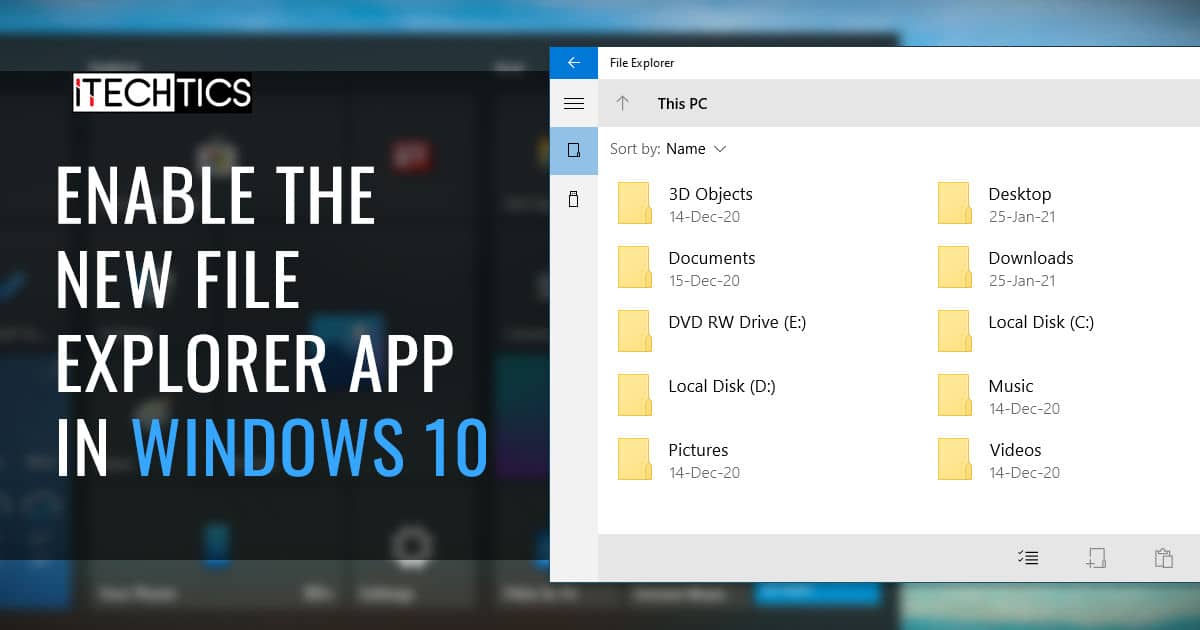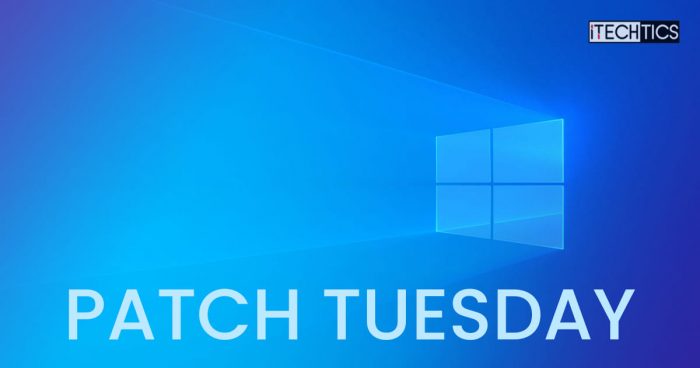Microsoft has been using its legacy Windows Explorer, also known as File Explorer, for as long as we can remember. With very minor changes over the past few decades, Microsoft has tried to preserve the usability and interface of File Explorer so that it does not impact a drastic change onto its users.
Having said that, it does not mean that Microsoft has not been working on ideas to change it. There is a hidden feature in Windows 10 through which you can change the User Interface (UI) of File Explorer, only if you wish to use it. It is a built-in feature that only requires a tweak to be used. Some might even consider it a hidden Easter egg by Microsoft.

Let us disclose the secret to activating this hidden File Explorer interface which you can try out. If you like it, you can keep using it as your regular explorer!
How to activate the new File Explorer app in Windows 10
The new Explorer is a Universal Windows Platform (UWP) application that is only available on Windows 10 v1703 or later. You can check the version of your OS by typing in winver in Run.

Tip: You can download or update to the latest version of Windows here.
To use the new File Explorer on your PC, you need to create a shortcut and then point it towards the new Explorer. Follow the steps below to do so:
- Right-click on a blank space on the desktop, expand New and then click Shortcut.

- A shortcut creation wizard will now appear. Enter the following text under Type the location of the item. Click on Next when done.
explorer shell:AppsFolder\c5e2524a-ea46-4f67-841f-6a9465d9d515_cw5n1h2txyewy!App
- On the next screen, name the new shortcut anything you’re comfortable with, and click Finish.

You can now use the new File Explorer by clicking the shortcut you have just created on your desktop, just like the regular explorer, with a more sophisticated and modern interface.

Interface changes for the new File Explorer
We would like to discuss a few highlights of what the new File Explorer is like, so that you can make an informed decision before changing to it and whether you’d like it or not, since each individual has their own preference.
First off, you notice the neat and tidy layout of the tiles in the center. You will also notice the tabs on the left and the button at the bottom of the window. These are quick navigation tabs and the buttons perform various actions. You can use the tabs on the left to navigate between the different storage devices, such as internal storage and external storage devices.

The buttons at the bottom-right of the window are used for different actions, which also change when you click an icon or any of those buttons to give your more options to choose from.

The navigation around the various files and folders is seemingly easy. However, there is no major difference there when compared to the legacy File Explorer. Moreover, you can also perform many of the functions directly from the buttons at the bottom, rather than accessing the context menu, such as copying, pasting, cutting, deleting, etc.
On top of that, you can also sort and arrange the items in a folder by using a modern drop-down menu at the top of the window.

Closing words
Upon using the new File Explorer for some time, we discovered that this new variant is best optimized for users using touch and pens. It provides a more user-friendly experience when using your PC in tablet mode. Nonetheless, it is still handy for regular users as it gives a more modern look and a change from that old legacy Explorer.
You can also check out our review on the Files app, which is also an alternative to the legacy File Explorer.





1 comment
Scott Pearce
I looked at this… It is terrible. What were they thinking? It is very tedious to use, difficult to move files around, icons at top are not tool-tipped so you don’t know what they do until you click it. You have to double click each folder, you cannot expand multiple folders…
FIX the regular one. My main complaint about file explorer is that the highlighted folder moves to the bottom instead of the top of the folder tree. FIX THAT